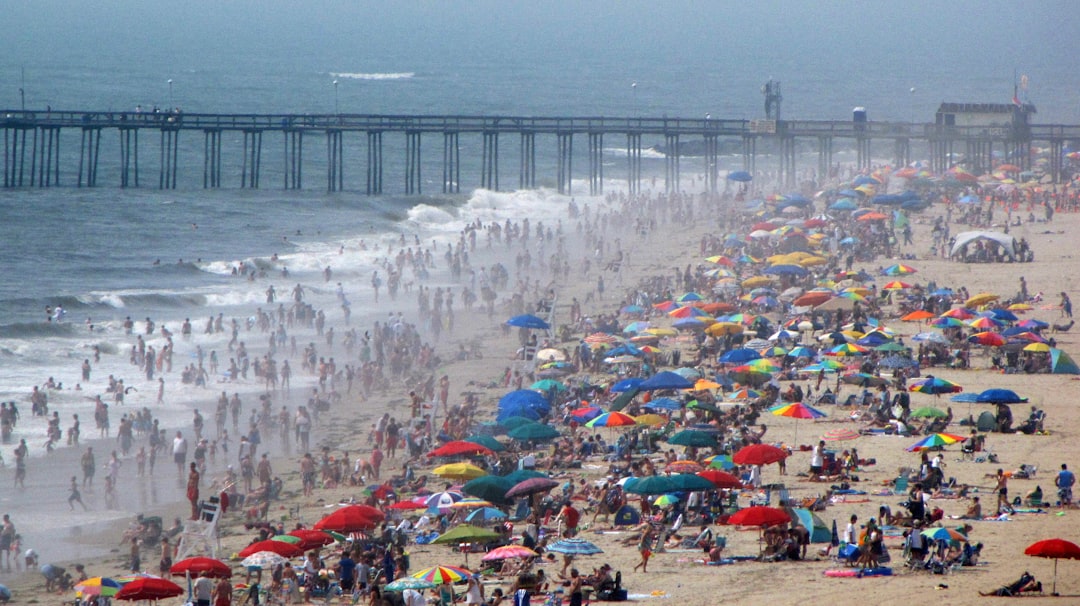East Coast Heat Wave: Alarm Bells for a Warming Future
As an unprecedented heat wave scorches the East Coast, today’s record-breaking temperatures reveal more than just sweltering discomfort—they signal a climate reckoning. For millions, it's not just another summer day; it's a wake-up call about the intensifying impacts of global warming.
The Immediate Impact
Cities from Washington, D.C. to Boston are bracing for heat indices above 110°F, shattering records set over a decade ago. Vulnerable groups—children, the elderly, and outdoor workers—face immediate health threats. Emergency services are strained, and infrastructure is tested to its limits as grids grapple with surging electricity demand.
Societal Dilemmas: Climate Adaptation vs. Mitigation
The East Coast heat wave is not an isolated incident. Rather, it’s part of a global trend toward frequent, severe heat events. This raises urgent questions:
| Key Dilemma | Adaptation | Mitigation |
|---|---|---|
| Urban Planning | More cooling centers and green spaces | Long-term emissions reduction by redesigning cities |
| Public Health | Emergency heat alerts, hydration initiatives | Reducing pollution to prevent worsening health impacts |
| Energy Use | Upgrade grids and subsidize air conditioning | Shift to renewables to cut fossil fuel dependency |
Standpoint: Focusing solely on short-term fixes (like cooling centers or AC subsidies) will not solve the underlying problem. Without aggressive emissions cuts and resilient infrastructure design, each year will bring more intense and disruptive events.
Context and Relevance
People & Places: From New York’s heat island effect to rural Carolinas’ reliance on outdoor work, the East Coast is diverse—but increasingly united by climate risk. Municipalities are learning hard lessons: shaded parks, reflective roofs, and equitable access to cooling can save lives.
Broader Trends: The National Oceanic and Atmospheric Administration (NOAA) links this heat wave to both persistent El Niño effects and human-driven climate change. The U.N. warns that by mid-century, record-breaking heat could become the norm unless drastic action is taken.
Notable Developments
- Surprising Fact: In some East Coast cities, nighttime temperatures are staying dangerously high, denying a critical window for bodies to recover—an underappreciated health threat.
- Water and Power Strain: Drought and overtaxed power grids create a feedback loop, pushing regions closer to crisis when temperatures soar.
Takeaway
This is more than just a hot day—it's a stark preview of what’s ahead. The East Coast’s ordeal is both a test and a portent. Action taken now—on energy, infrastructure, and urban resilience—will determine how livable our cities remain under increasing climate stress.
This article was inspired by the headline: 'It will be the hottest day in over a decade for parts of the East Coast as extreme heat wave reaches its peak - CNN'.

Comments
No comments yet. Be the first to comment!